
- Shandong Loyal Industrial Co.,Ltd.
- SHORT-CUT PASTA PRODUCTION LINE LONG-CUT PASTA PRODUCTION LINE INSTANT PASTA PRODUCTION LINE
Home> Application> Revolutionizing Production: The All-Automatic Approach to High-Efficiency Pasta Manufacturing

Revolutionizing Production: The All-Automatic Approach to High-Efficiency Pasta Manufacturing
Revolutionizing Production: The All-Automatic Approach to High-Efficiency Pasta Manufacturing
Introduction
Shandong Loyal Industrial Co., Ltd. has incorporated advanced technologies from AXOR and GEA(PAVAN) in the production of its macaroni.In the field of pasta manufacturing, the introduction of fully automated methods marks a revolutionary shift. Automation Long-Cut Pasta Production Line is more than just an enhancement of processes; it is a transformative force that reshapes production dynamics, sets new standards and usher in an era of unparalleled efficiency.
The significance of all-automatic high-efficiency processes lies in their ability to streamline production, enhance precision, and optimize efficiency. This section explores how automation becomes a catalyst for innovation, addressing the growing demands of the dynamic pasta manufacturing landscape.

Evolution of Pasta Manufacturing Technology
To comprehend the impact of the all-automatic approach, we must trace the evolution of pasta manufacturing technology. Technological milestones, from traditional methods to cutting-edge innovations like robotics and artificial intelligence, showcase the journey towards high-efficiency and automated processes.
Technological Advancements Driving Automation*
Key technological advancements, including robotics, artificial intelligence, and advanced machinery, drive the automation revolution. These innovations have not only optimized existing processes but have also laid the foundation for the comprehensive all-automatic approach in pasta manufacturing.
All-Automatic Processes: Precision and Speed
This section delves into the core theme of all-automatic processes, dissecting the precision and speed achieved through automation. By understanding the mechanics, benefits, and challenges, we gain insights into how fully automated systems redefine the efficiency standards in high-efficiency pasta manufacturing.
An emphasis on the integration of robotics and artificial intelligence reveals the synergy between these technologies. Their collaborative role ensures unparalleled precision and speed at every stage of pasta production, making the all-automatic approach a game-changer.
Leading the Industry: All-Automatic Pasta Manufacturer
At the forefront of innovation is the all-automatic pasta manufacturer. This section explores how industry leaders, including Barilla, Banza, Jovial, DeLallo, Faella, and Pastificio Di Martino, embrace high-efficiency and all-automatic solutions. A comparative analysis sheds light on their varied approaches, highlighting the versatility of the all-automatic approach.
By conducting a comparative analysis, we uncover the diverse strategies and technologies adopted by leading all-automatic pasta manufacturers. This underscores the effectiveness of the all-automatic approach in optimizing efficiency within the pasta manufacturing sector.
Case Studies: Showcasing Excellence
Real-world case studies take center stage, offering tangible examples of how the all-automatic approach revolutionizes production. From Barilla to Pastificio Di Martino, these cases provide benchmarks, showcasing the real-world impact of high-efficiency pasta manufacturing.
Comparative Analysis of Case Studies*
A comparative analysis of these case studies deepens our understanding, emphasizing the unique approaches and technologies adopted by different all-automatic pasta manufacturers. This section underscores the practical implications of the all-automatic approach.

Overcoming Challenges and Future Outlook
Challenges associated with the all-automatic approach are addressed, presenting strategies for overcoming obstacles. Continuous technological innovation emerges as a key theme, signifying the industry's commitment to adaptation and improvement in response to evolving demands.
Highlighting the importance of continuous technological innovation underscores the dynamic nature of pasta manufacturing. Efforts to stay ahead of challenges, embrace innovations, and adapt to consumer demands define the industry's forward-thinking approach.
Future Trends in All-Automatic Pasta Manufacturing
Predictions for the future of all-automatic pasta manufacturing provide insights into emerging technologies and trends. Sustainable practices, advancements in automation, and high-efficiency trends shape the trajectory of pasta manufacturing, ensuring a future characterized by innovation.
A forward-looking perspective explores how emerging technologies, such as advanced robotics and machine learning, are integrated into all-automatic processes. This final section paints a picture of the industry's future, marked by continuous evolution and efficiency optimization.
Conclusion
In conclusion, the all-automatic approach in high-efficiency pasta manufacturing is a catalyst for revolutionizing production. By recapping the key points, we emphasize the transformative impact of automation. The call for continued innovation and collaboration sets the stage for a sustainable and prosperous future for the pasta manufacturing industry.

Frequently Asked Questions about Pasta Manufacturing
How do industry leaders distinguish themselves in fully automatic pasta manufacturing?
A: Industry leaders in fully automatic pasta manufacturing distinguish themselves through a commitment to innovation, embracing cutting-edge technologies, and implementing high-efficiency and energy-saving solutions. Their operations showcase a blend of precision, speed, and sustainability, setting benchmarks for the entire sector.
Can high-efficiency practices be customized for different pasta varieties?
A: Yes, high-efficiency practices in fully automatic pasta manufacturing can be customized for different pasta varieties. Advanced technologies allow for flexible production processes, accommodating variations in shapes, sizes, and ingredients. This customization ensures that the efficiency gains are applicable across a diverse range of pasta products.
How does the industry address challenges in fully automatic pasta manufacturing?
A: Addressing challenges in fully automatic pasta manufacturing involves continuous technological innovation, proactive problem-solving, and collaboration among industry stakeholders. Companies focus on overcoming obstacles related to equipment maintenance, process optimization, and adapting to evolving consumer demands to ensure a seamless production flow.
Contact Us

- Shandong Loyal Industrial Co.,Ltd.
- Telephone+86 13176674591
- Email[email protected]
- WhatsApp+86 13176674591
- WeChat13176674591
- AddressC623, Jiahui Global Plaza, No. 548, Beiyuan Street, Tianqiao District, Jinan City, Shandong Province
- Factory AddressADD -300m North of Zhangxia Industrial Park, Binhe Road, Zhangxia Town, Changqing District, Jinan
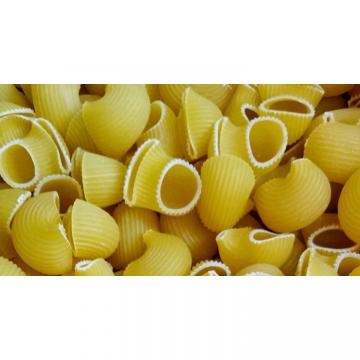

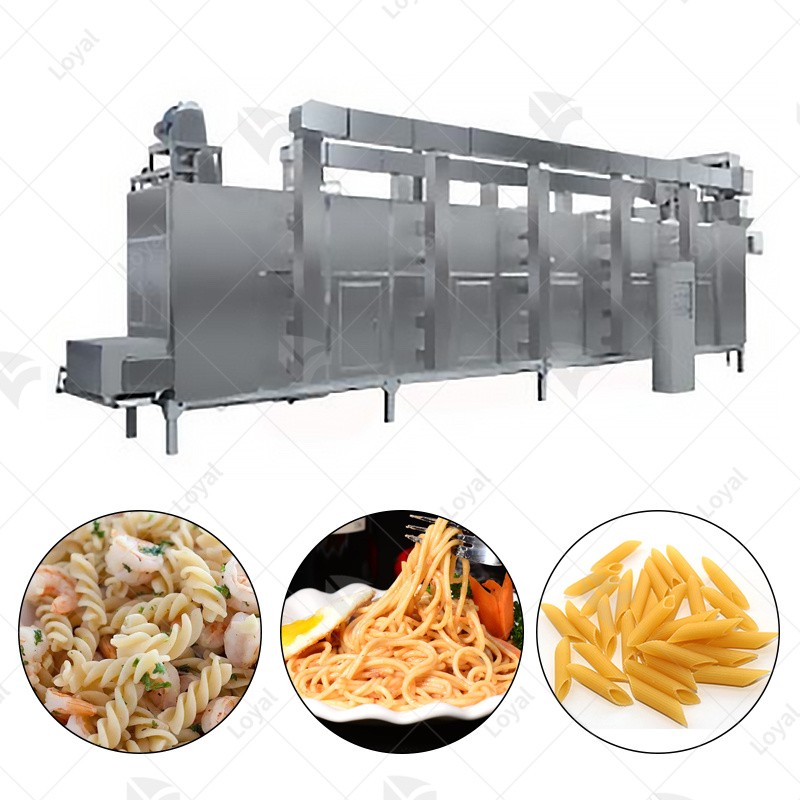

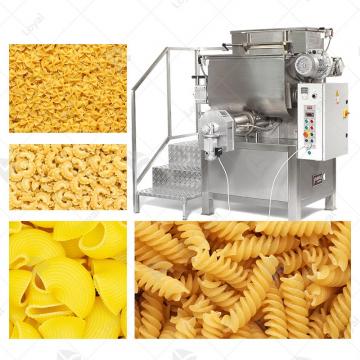
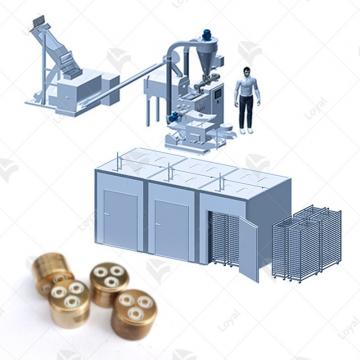 Combined Pasta Production Line
Combined Pasta Production Line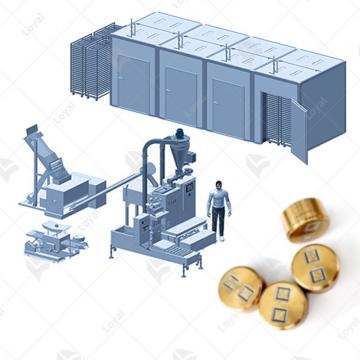 Combined Pasta Machine
Combined Pasta Machine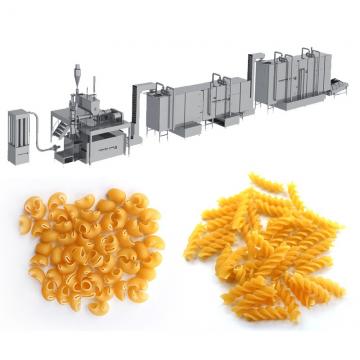 Vacuum Extruder Pasta Machine
Vacuum Extruder Pasta Machine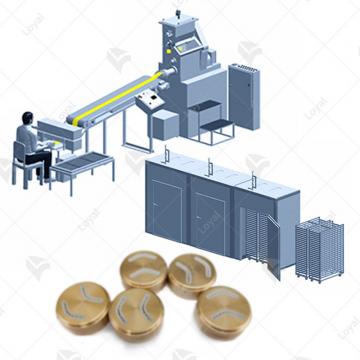 Combined Automatic Pasta Sheeter
Combined Automatic Pasta Sheeter